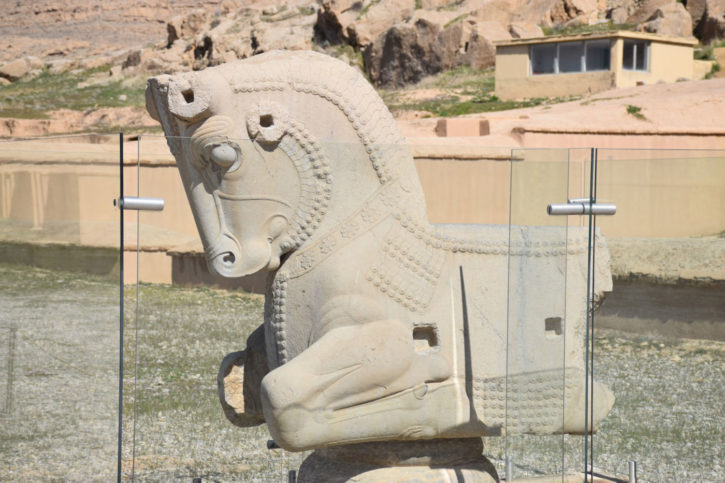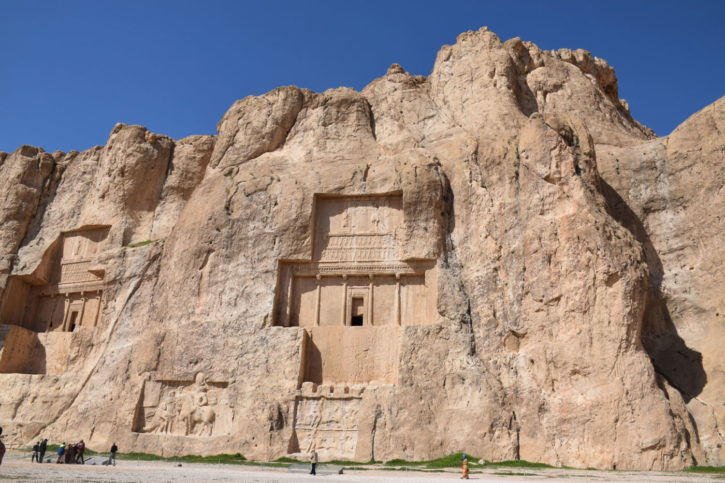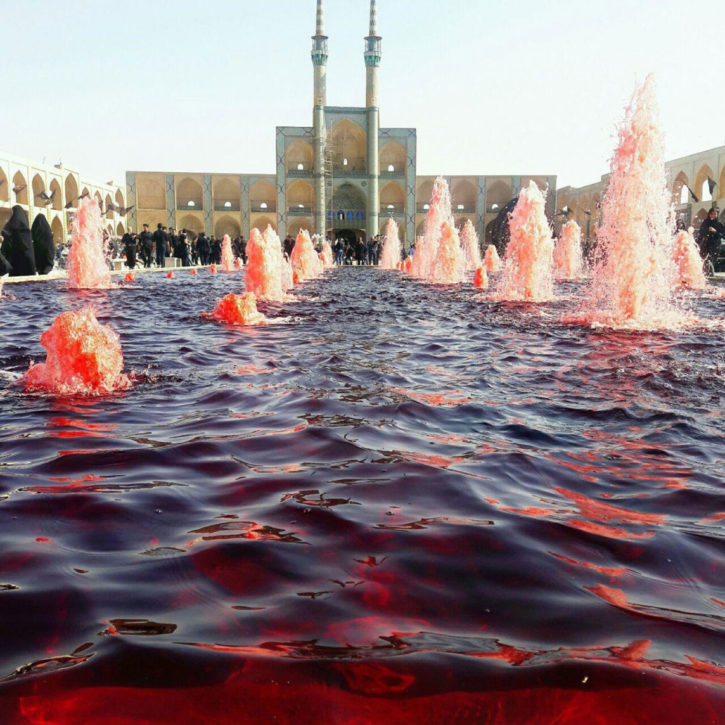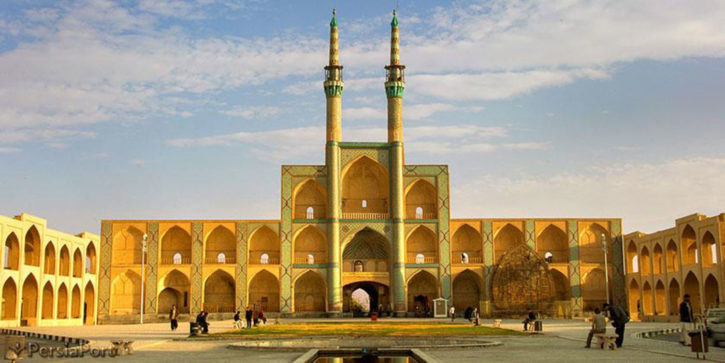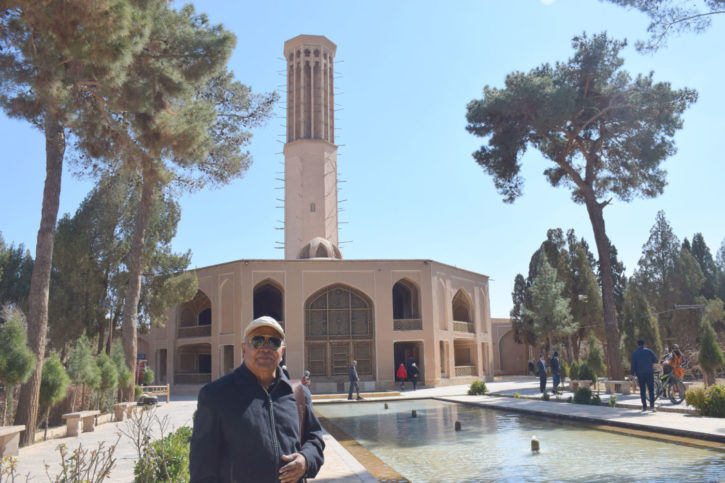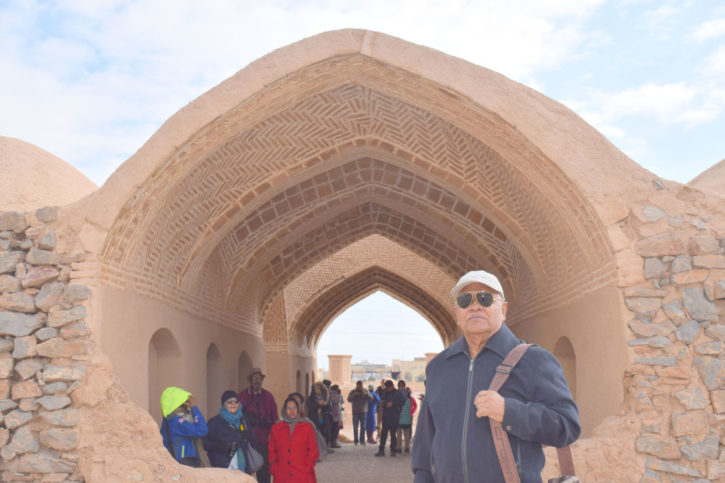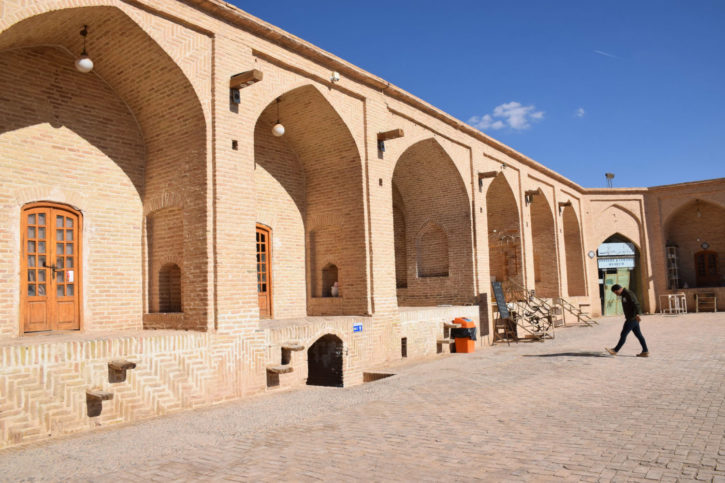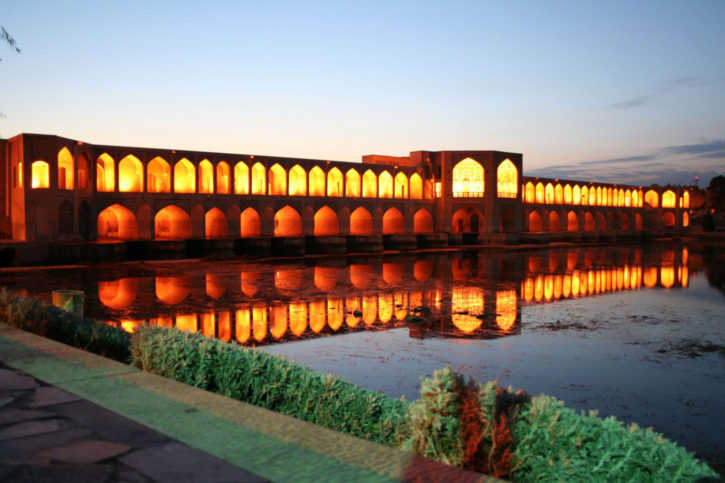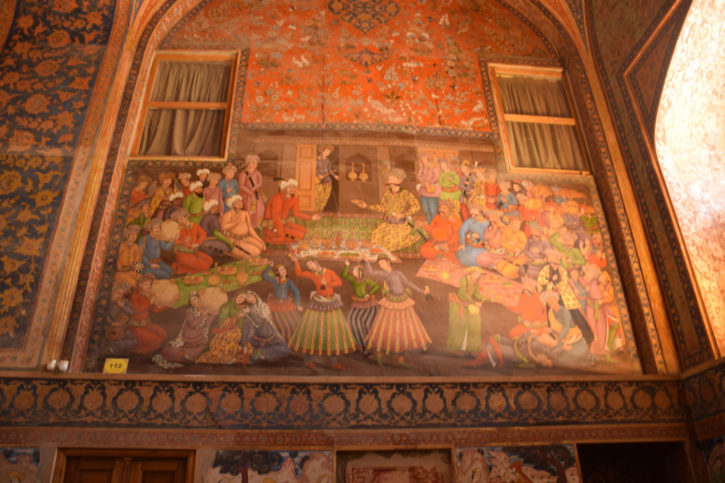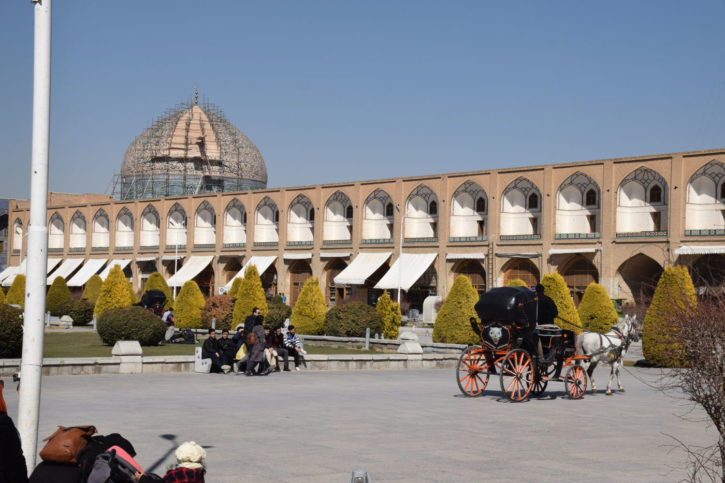PERSEPOLIS
Persepolis means “city of Persians.” The architecture was to be indicative of its supremacy; therefore, buildings such as the Imperial Treasury, Apadana Palace, and others were constructed. Persepolis was once the richest city on earth – the glittering capital of the Achaemenid Empire. At the heart of the city lay the …

